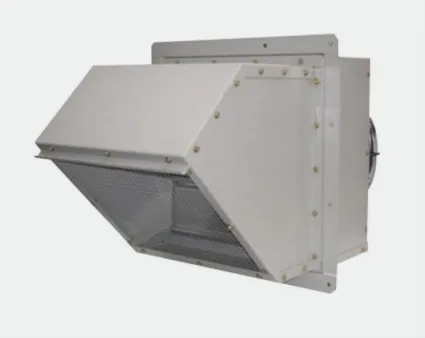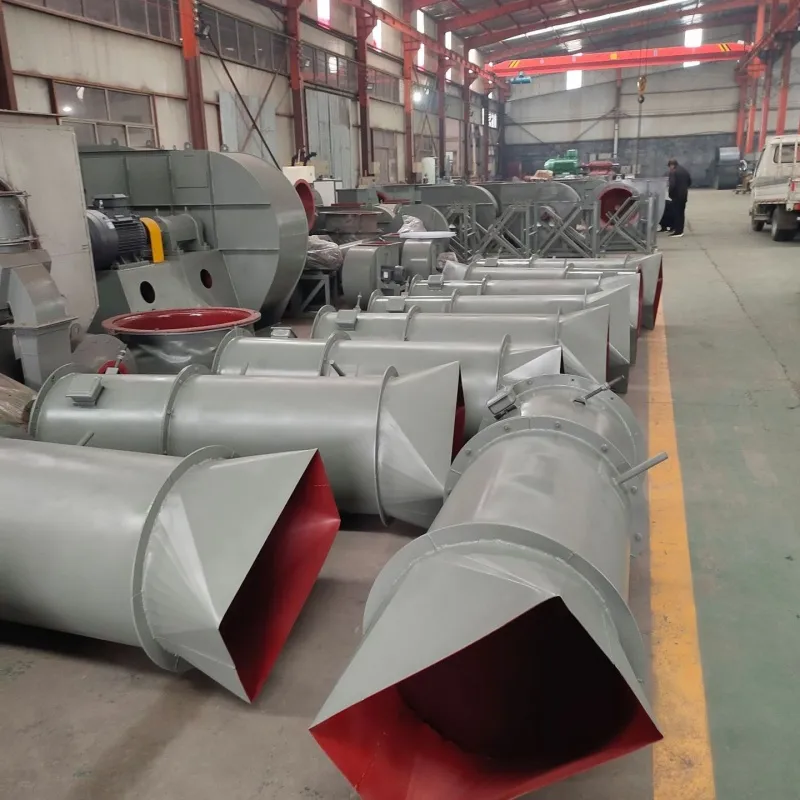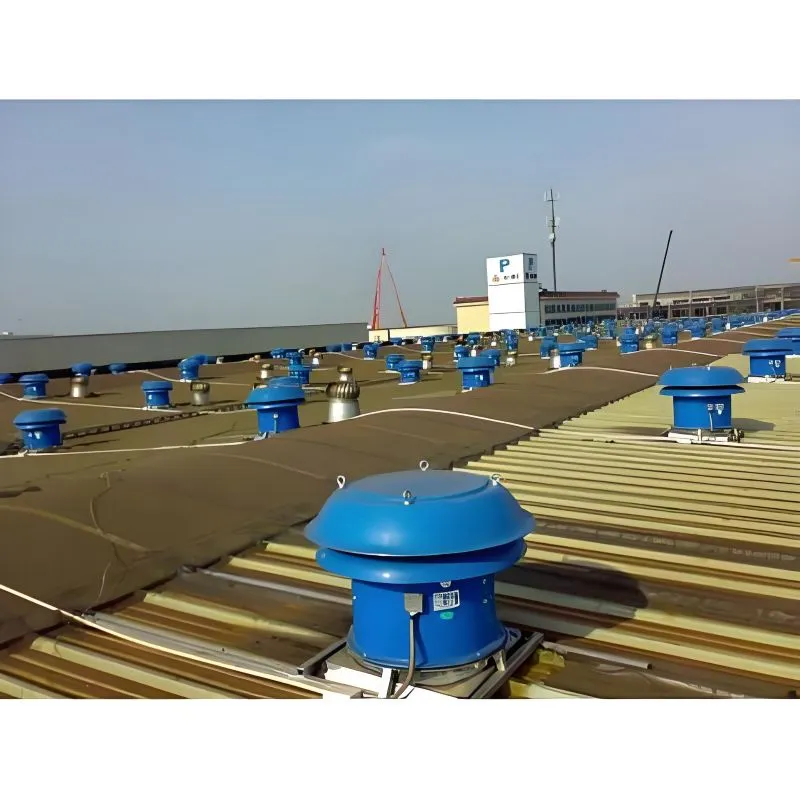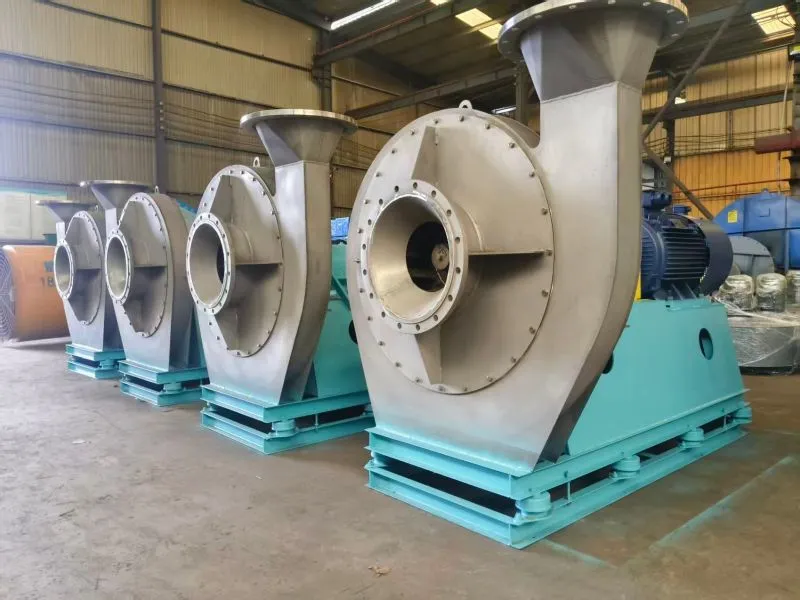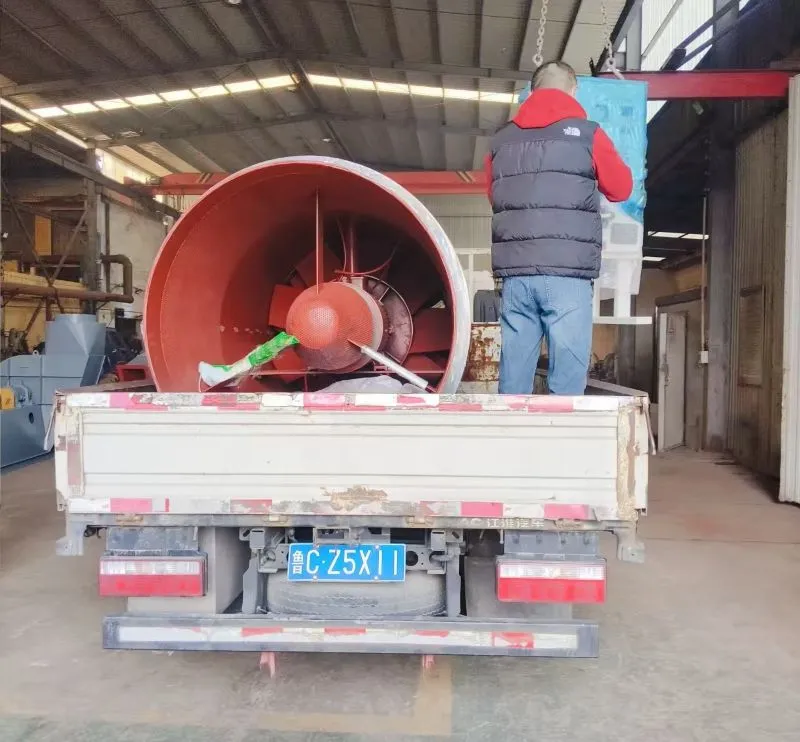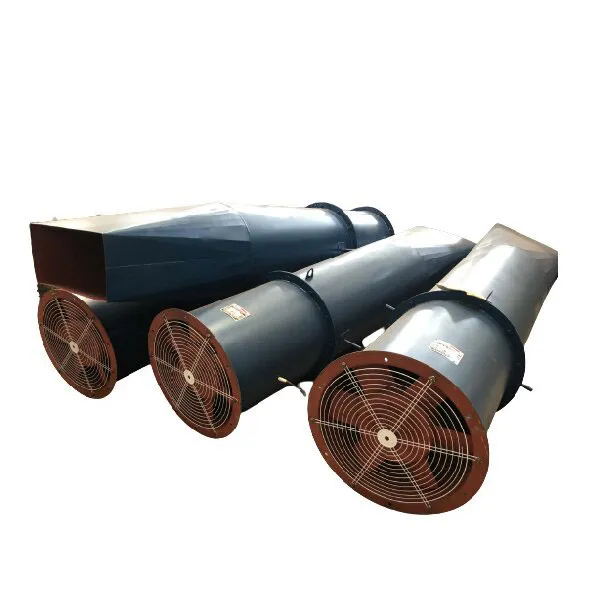Разумевање компоненте ветротурбина није само њихово набрајање – постоји дубока интеракција између сваког дела која обезбеђује ефикасну производњу енергије. Уобичајена заблуда? Да су турбина на ветар једноставно лопатице које се окрећу у ваздуху. Реалност је далеко сложенија. Хајде да се удубимо у оно што ове гиганте покреће, уз подршку стручности извучене из година у овој области.
Кула и фондација
Све почиње од торња, окоснице турбине. Могло би се рећи да поставља позорницу. Висина је критична јер брзина ветра расте са висином. Али има још тога - стабилност је најважнија. Сећам се, радећи на пројекту, како је мали превид у сидрењу довео до болног назадовања. Нагласило је да чврста основа није опциона; то је битно.
Материјал торња обично укључује челик или бетон. Видео сам и хибриде, који комбинују снаге различитих материјала. Сваки избор утиче на носивост и захтеве одржавања. Замислите да редовно скалирате структуру од 100 метара да бисте проверили да ли је истрошено – свака одлука на овом нивоу се своди на ефикасност и цену.
Не заборавимо, фактори специфични за сајт такође играју велику улогу. Услови тла, на пример, диктирају дизајн темеља. Једном смо морали да поново размислимо о читавом плану због неочекиване композиције тла - била је то брза лекција о непредвидивости природе.
Ротор Бладес
Лопатице ротора су визуелни потпис сваке турбине на ветар. Састоје се углавном од фибергласа или карбонских влакана, њихов дизајн се односи на максимизирање аеродинамичке ефикасности. Сећам се преласка на лакше материјале – у почетку је било контроверзно због цене, али је побољшање перформанси било неоспорно.
Дужина и облик сечива нису само естетски избори – они директно утичу на способност ротора да ухвати ветар. Баланс овде је тежак: дужа сечива повећавају хватање енергије, али и стрес. То је стално гурање и повлачење између потенцијала и граница, динамика која се развија како технологија материјала напредује.
Неуспеси овде нису ретки, и сваки учи своју лекцију. Један пројекат се суочио са значајним застојима због микропукотина које су занемарене током инспекције, што је скуп подсетник да је одржавање кључно као и дизајн.
Мењач и генератор
Тхе мењач и генератор управљају трансформацијом кинетичке енергије у електричну - критичну функцију која је сложенија него што изгледа. Мењач повећава споре ротације ротора на веће брзине потребне за генератор. Неусклађеност може бити катастрофална. Верујте ми, када видите унутрашње олупине, даћете приоритет редовним проверама да бисте избегли оперативне ноћне море.
Сада дизајни без зупчаника добијају на снази. Ови системи са директним погоном смањују механичку сложеност и потенцијално смањују трошкове одржавања. Међутим, они долазе са својим карактеристикама - већим почетним трошковима. За нас је избор увек био стратешки, вагајући дугорочне користи у односу на краткорочне уштеде.
Генератор, који се често занемарује, подједнако је кључан. Мора да се носи са променљивим оптерећењима. Ево где је квалитет битан; поуздан може вам уштедети бројне главобоље. Из прве руке сам видео како врхунски инжењеринг доноси отпорност на променљиве услове.
Електрични систем и управљачка јединица
Управљање и усмеравање електричног излаза није мали задатак. Енергетски електронски системи претварају променљиву једносмерну струју (једносмерну струју) добијену од ветра у стабилну АЦ (наизменичну струју) снагу, погодну за мрежу. То је сложен посао, где се о прецизности не може преговарати. Кварови се овде таласају изван турбине, утичући на стабилност мреже.
Контролна јединица делује као мозак, подешавајући нагиб сечива и брзину ротора да би оптимизовала излаз. То је уметност равнотеже, константно руковање подацима у реалном времену како би се максимизирала ефикасност. Једно погрешно ажурирање алгоритма са којим сам се бавио изазвало је проблеме у перформансама, што је била вредна лекција у марљивом тестирању.
Интеграција са мрежом уводи даље слојеве—где је синхронизација кључна. Овде се не ради само о повезивању жица, већ и о обезбеђивању беспрекорног напајања које поштује мрежне протоколе и захтеве. Сваки професионалац у овој области познаје лепоту и изазове да технологија и природа плешу у хармонији.
Закључак: Допринос стручњака
Рад у овој индустрији открива истину: сваки део а ветротурбина је као комад сложене машинерије која се ослања на ригорозну науку и најбољу производњу у класи. Компаније као што је Зибо Хонгцхенг Фан Цо., Лтд. су биле кључне у снабдевању компонентама као што су вентилатори и дуваљке, наглашавајући стручност у различитим индустријама неопходну да чизме остану на земљи.
На крају крајева, стручност не произилази само из познавања компоненти, већ и из разумевања њихове међусобне повезаности. Учење кроз искуство, решавање неуспеха и сведочење постепених иновација – то је оно што обликује професионалца способног да се креће у овом изазовном, али исплативом пољу.
Наше приче, наше лекције, све доприносе одрживијој енергетској будућности. На крају крајева, ове турбине нису само структуре – оне обећавају да ће ефикасно и ефикасно искористити чисту енергију.









